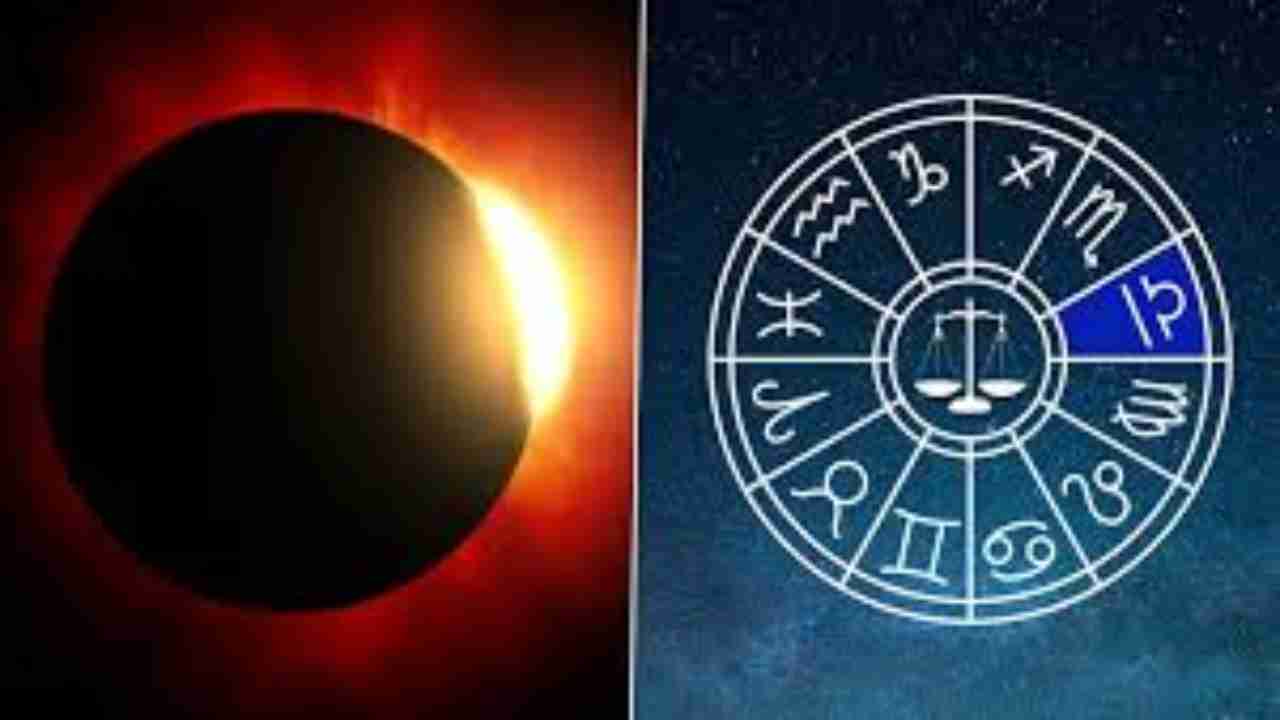Solar Eclipse 2020: The last solar eclipse of 2020 will occur on December 14. In India, the solar eclipse will start at 07:03 in the evening and will end at 12:23 pm which means this solar eclipse will last for around five hours.
It is to be noted that the first solar eclipse of 2020 occurred on June 21. It is widely believed that solar eclipse affects our sun signs and astrologers also claim that solar eclipse affects our lives too.
Solar Eclipse 2020: Places
The solar eclipse on December 14 will be seen in some parts of South America, South Africa, and the Pacific Ocean. This solar eclipse will be visible from Chile and some parts of Argentina in the afternoon. Some regions in southern South America, south-west Africa, and Antarctica will see a partial solar eclipse if the weather permits.
Since in India, the solar eclipse will not occur during the daytime it will not be visible to us.
Significance of Solar Eclipse
According to the Hindu religion, people follow some rules during the solar eclipse. Many people do not use a sharp object during the eclipse. Pregnant women are advised not to venture outside the home during the solar eclipse. Since the timings of a solar eclipse are considered inauspicious by many, people prefer not to do anything important during this time.
FIH allocates quotas for 2022 and 2023 World Cups
Yogi promises world-class film city, opens doors for investment


















